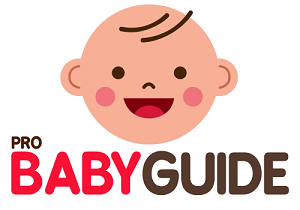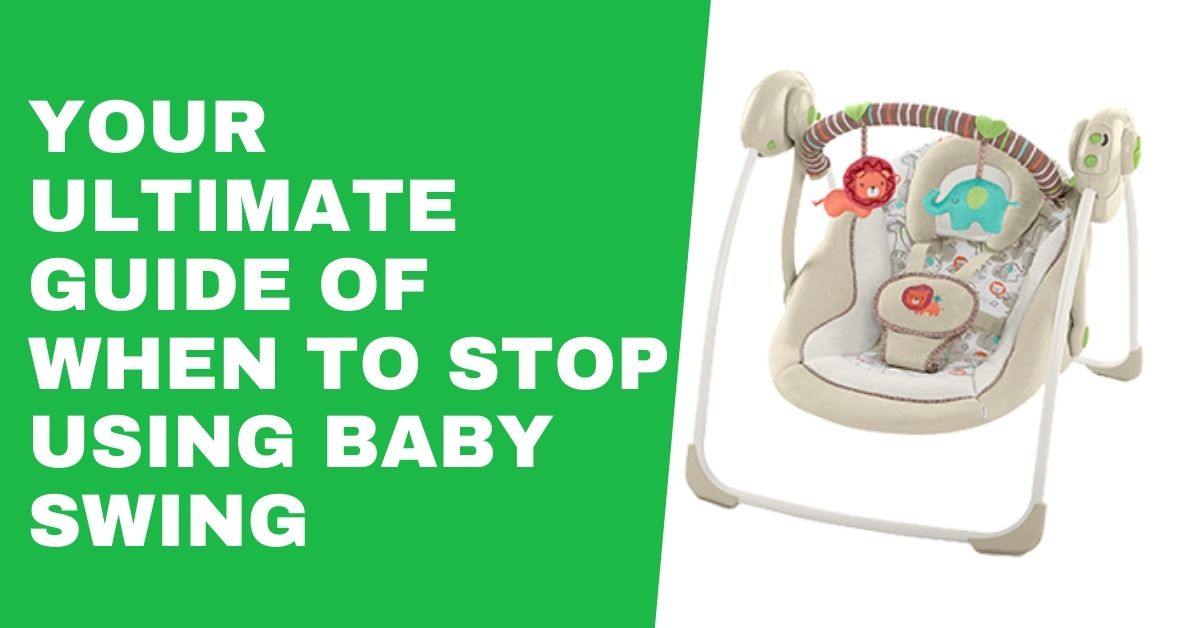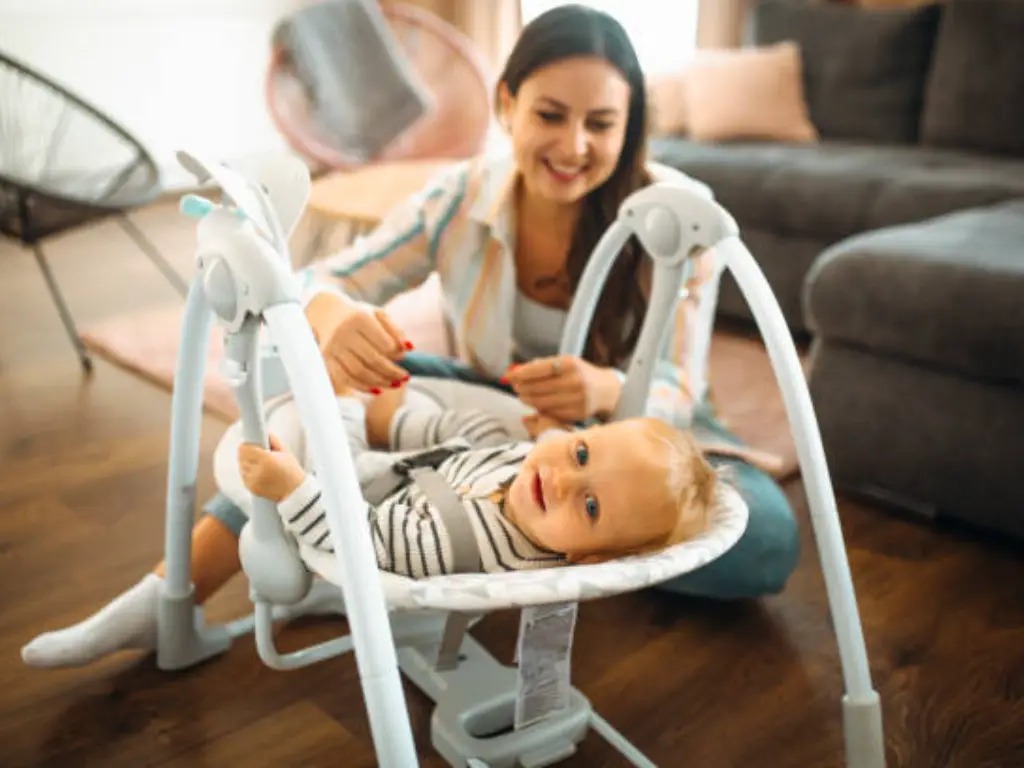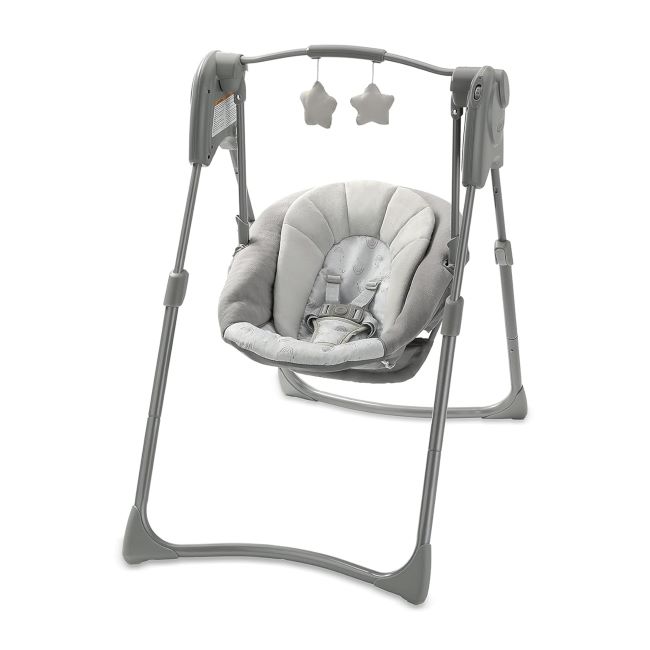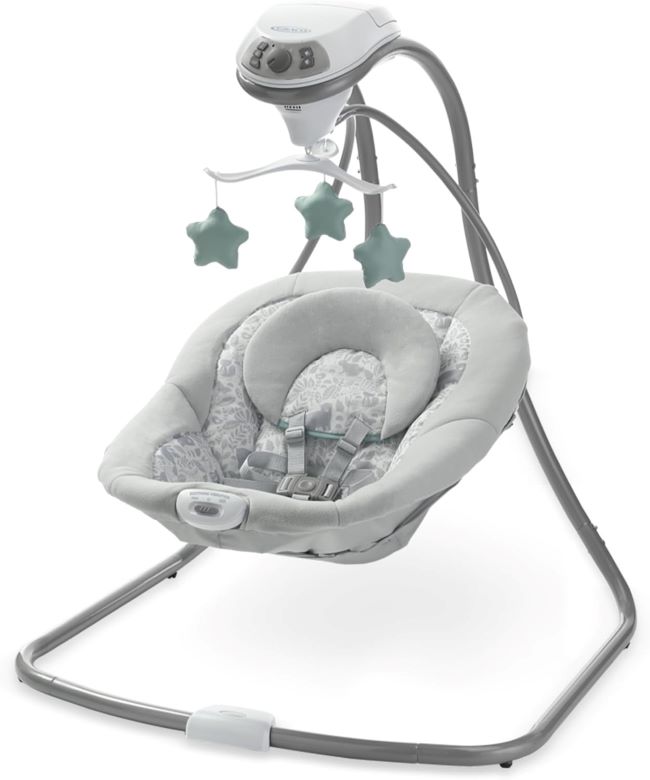A baby swing is an excellent option for your baby to lay and enjoy when they are alone. Moreover, this device can be a lifesaver when your Lil one is in super fussy mode.
However, when you first start using it, make sure that your baby is on the appropriate weight and age limit to use the device. You can start using the swing when your baby is around three months old. But the point is baby swing necessary and when to stop using it?
Let’s learn about when to stop using a baby swing. And if you are in a dilemma to pick between baby swing or bouncer, there is a comprehensive comparison at the end of this article.
When To Stop Using Baby Swing
Typically, when your child can support their entire body weight on their legs while sitting up, then this means that they can hold up their head on their own.
They also do not need any more back support when sitting up on their own either. At this point, it is probably recommended by most pediatricians and other professionals in the medical field that you should stop using the swing as much as possible because it is no longer needed.
When your child can sit up independently without any supports, it would be best if you stop using the swing and let them use a high chair or something similar.
For example, when you need to feed them and do not want them crawling all over your kitchen, it would be better to put them in a swing or high chair. Moreover, these devices will help you keep the baby in a designated space while cooking or doing other chores.
Baby Swing Age Limit
There are no marked age limits for baby swings. However, your baby will reach the weight limits of the swing within 9 to 10 months. Popular manufacturer brands like Fisher-Price set the age limit of six months for the Sweet Snugapuppy and My Little Snugabunny Cradle ‘n Swing.
The rest of the companies do not put any age limit. But as I said before, you need to keep an eye on your baby’s development. When you find them reach 25 to 30 lbs, it’s time to stop using the baby swing.
Choosing The Baby Swings: Safety Features You Must Consider
Before you choose the best baby swing for your little one, make sure to consider the following safety features. These features keep the baby safe in the swing and give them the most pleasing and soothing experience on it.
Harness Straps
Baby swings come with safety harnesses to hold the baby in place while swinging.
But these harnesses are often found to be lacking. If the baby swing comes with just one strap that runs over the baby’s chest, it is not sufficient for safety. And the baby can fall out of the swing quickly.
Ensure the baby swing has two straps on the safety harnesses—one on the baby’s waist and another above the baby’s shoulders.
Speed and Motion
Different baby swings have different maximum speed settings and different motions.
Make sure that baby swing motion is not too fast, or baby swing speed is not too high. It can be dangerous for a baby when the baby swing motion is too fast.
Material
Not many baby swings are made of baby-friendly material. Cheap materials like faux leather or canvas can cause itching and discomfort for your baby. Additionally, these materials are not so durable for longer use.
Synthetic nylon with softcover materials is perfect for your baby’s skin and comfort. Yes, it may jack up the price, but there is no scope to compromise when it’s about little one’s comfort.
Baby Swing Frame
Make sure the baby swing frame is sturdy and well built. If the structure does not support the weight safely, the baby can fall or be injured in the baby swing accident.
Location of Baby Swing
If you use a baby swing in the baby’s room, make sure the bedroom door is open. It can be dangerous for the baby when alone in a room and on the swing for long.
How the Baby Swing is Powered
The electric power source is the best option for the baby swing. If the baby swing is battery-operated or hand-cranked, it will stop after a while, and you will end up with a cranky baby.
Safety Precautions For Baby Swings
Before you think about when to stop using baby swing, look at some essential safety precautions for a soothing swinging experience.
Weight Limit
The baby’s weight or stuff carried by the baby should not exceed the baby swing weight limit.
However, there are baby swings that have no weight limit marked on them. But according to the pediatricians, 25-30 lbs is the cut-off age for the baby’s to stop using the swing.
If your baby is too heavy for the swing, it can cause injuries to the baby.
Baby Swing Instructions and Safety Warnings
Ensure that the baby safety instructions and baby safety warnings are followed during the set-up and when the baby is in the swing.
If baby safety instructions or baby safety warnings are not followed, the negligence can lead to a major accident.
Baby Swing vs. Bouncer: Which One is the Best?

You’re always looking for new products at the baby stage that will help your baby sleep better and be more comfortable. But sometimes, two baby products can get you confused.
A baby swing and a bouncer can look very similar, but there are some essential differences between the two.
1) One baby product rocks, while the other baby product vibrates
One of the essential differences between baby swings and bouncers is how they move.
Baby swings typically rock side-to-side or back-and-forth, while baby bouncers vibrate instead. A baby swing that rocks help the baby fall asleep because it’s similar to the motion baby experienced while still in the womb.
A baby bouncer that vibrates can help the baby relax or fall asleep if the baby is fussy.
2) One baby product swings at different speeds, while the other baby product has no speed control
Another critical difference between baby swings and bouncers is how you adjust them for your baby.
A baby swing typically has a fixed speed or three different speeds that the baby can choose from, while a baby bouncer doesn’t have any adjustable speeds.
3) One baby product is more stimulating, while the other baby product is calmer
Baby swings are usually more stimulating than baby bouncers since babies can sit upright in baby swings.
Baby bouncers are generally more calming than baby swings since the baby is lying down while in baby bouncers.
4) One baby product is for the baby’s early months, while the other baby product is for the baby’s middle to late months
A baby swing is usually used when the baby is very young, up until around 4-5 months old.
A baby bouncer is generally used when the baby is older, around 4-5 months old and up.
5) One baby product has more safety features than the other baby product
Baby swings typically have all kinds of baby safety features to ensure the baby stays safe while in a baby swing.
Baby bouncers don’t have as many baby safety features. But baby bouncers typically have baby harness systems for added safety.
Final Words
It’s not rocket science anymore to decide when to stop using a baby swing. All you have to do is keep an eye on your baby’s development and attachment to the device.
If your baby is no longer enjoys the rocking motions or simply exceeds the weight limit, you need to think about the next options.
